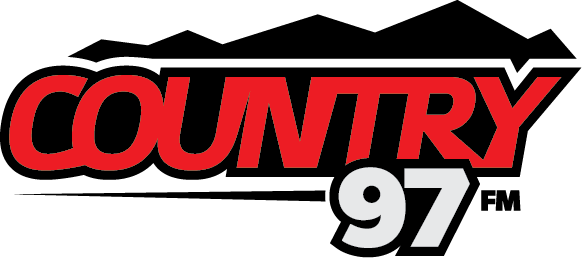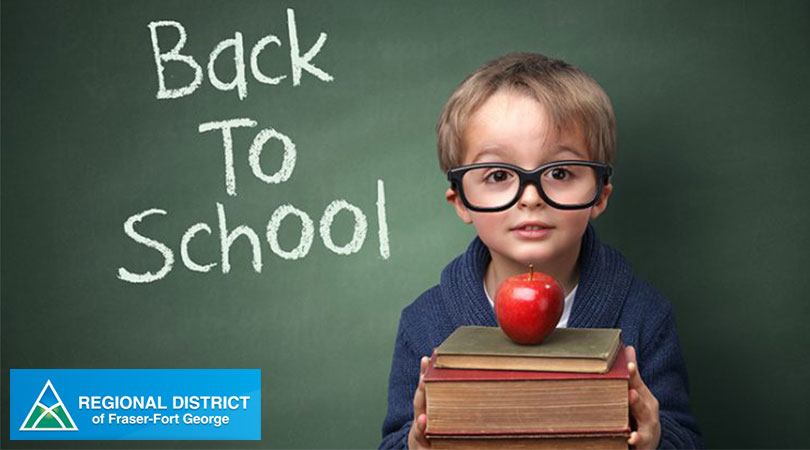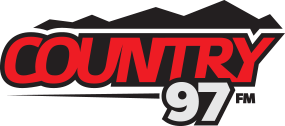Regional District of Fraser Fort George’s Back to School Waste Reduction Tips
It’s that time of year again; when the school bells ring, and back to school shopping is advertised everywhere. Whether your child is starting Grade 1, or you’re entering the last year of your Master’s degree, we want you thinking about the amount of waste you can reduce by following a few simple steps before back to school shopping. Your wallet would also like to thank you!
Transport:
With the ever-rising gas prices, now is a great time to look at alternative routes of transportation to and from school. You and your family can look at taking public transport or organizing a carpool with those in your area. If you live close enough another idea would be walking or biking. These save you money, reduce your carbon footprint and are a healthy option to start and finish the day.
Lunches:
When planning your or your kids’ lunch, the amount of packaging is something to always be aware of. Use a reusable lunch box instead of paper bags, or get a sturdy metal one or BPA free plastic one. Instead of wrapping the sandwich in plastic wrap or a plastic bag, use a reusable container. Try the healthy alternative of fruit which comes in its own compostable packaging instead of individually plastic wrapped snacks.
School supplies:
Before buying new, take stock of what you have. You don’t need brand new pencils when all the old ones are still functioning. When purchasing new items, look for those that have recycled content in them.
Textbooks:
They can cost as much as, or more than, the school fees. A great way to save costs is to buy used. For those of you in college or university, many places have dedicated buy and sell groups, with students selling their old books. Further, if you can’t find what you’re looking for on there, the bookstores will likely have used editions in stock, priced at a discount. Sometimes you can even find an eBook version online.
Clothes:
Kids are always growing, as are fashion trends. Before you buy a new wardrobe, see if there is a clothing swap happening in the area. Another good alternative is to shop for second-hand clothes at thrift stores. This usually helps the community and not-for profits, but also leaves cash in your pocket. If you don’t go this route and want new threads; look for well-made sustainable fabrics like organic cotton and bamboo.
Going forward:
Label everything! This makes it easier to find lost items and saves schools from dealing with too many lost and found items at the end of the year. Explain to your kids why you’re making these waste reducing choices, and hopefully they will grow up to help the world reduce further. Finally, these tips can be used as a steppingstone to a more sustainable and waste reducing you which can be applied throughout the years to come.

Website: www.rdffg.bc.ca
Facebook: www.facebook.com/RDFFG






